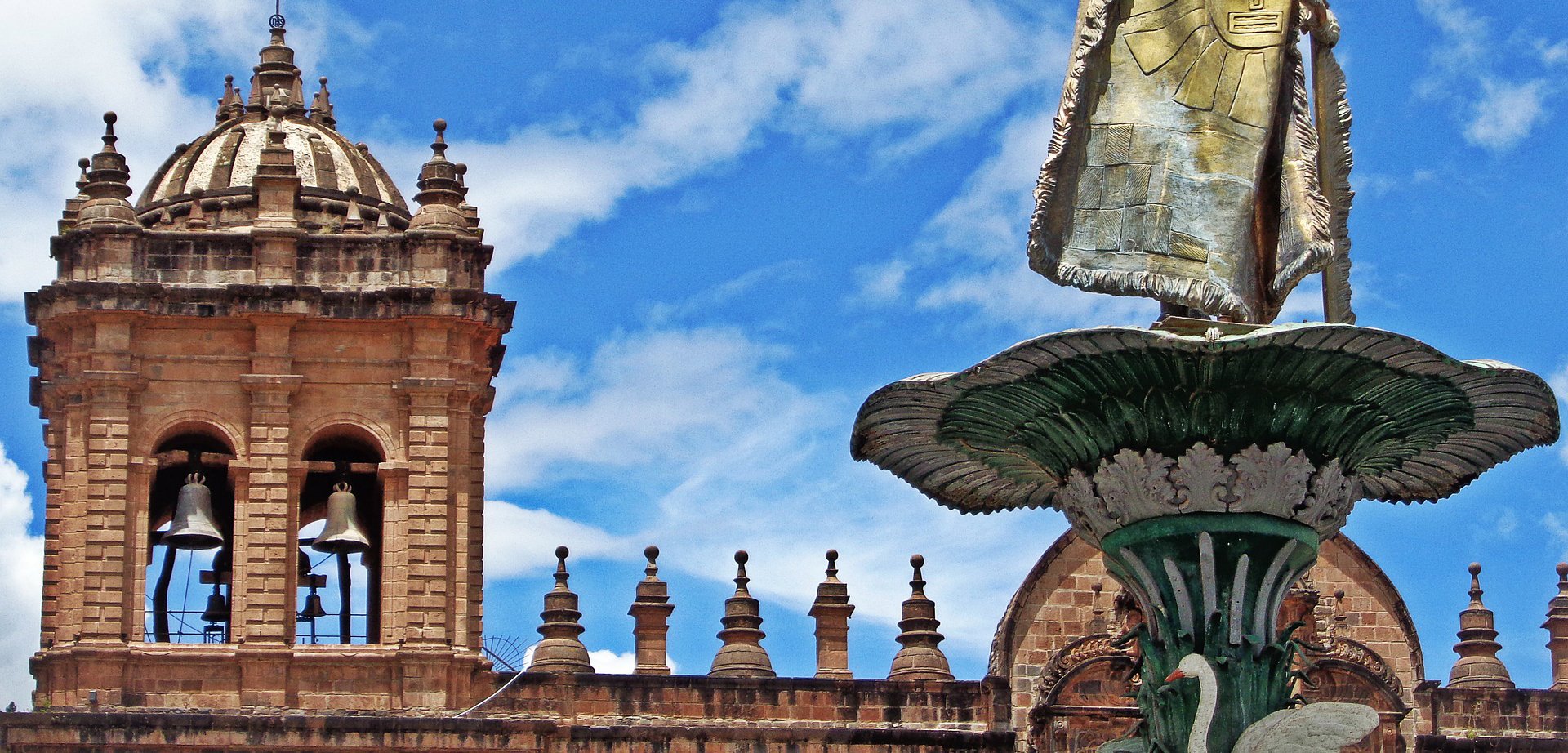Peru Experiences
Lima
Lima is the capital of Peru and its largest city. A modern city with stunning colonial architecture in the city centre, Lima was the seat of Spanish rule for 300 years. The second driest capital in the world after Cairo, Lima’s fascinating history is evident in its churches, buildings and colonial casas. Perched on cliffs by the Pacific Ocean and full of colour and culture at every turn, Lima is also one of the gastronomic capitals of the world. Larco Museum is one of the city’s most famous attractions, known for its collection of pre Hispanic gold and silver objects. The chic neighbourhood of Barranco is full of art galleries as well as nightclubs and cocktail bars. Boasting some of the world’s most renowned restaurants, it is also a gourmet’s paradise.
Sacred Valley/Machu Picchu
The Sacred Valley of the Incas contains many famous and beautiful Inca ruins, including Machu Picchu. It was called the Sacred Valley because it contains some of the best land in the region and was the property of the Emperor or the Inca himself. It includes the town of Aguas Calientes, the gateway to Machu Picchu – one of the Seven Wonders of the World and Peru’s most iconic image. The awe inspiring Inca citadel of Machu Picchu, surrounded by lush vegetation, is the lost city that was rediscovered at the beginning of the 20th century and is one of the most sought after destinations in the world. The Sacred Valley is also popular for its colonial towns, villages and local markets. The citadels of Pisac and Ollantaytambo are its other star attractions.
Lake Titicaca/Puno
At 3,800m above sea level, Lake Titicaca is the highest navigable lake in the world. Located on the border between northern Bolivia and Southern Peru, it is the largest lake in South America. Lake Titicaca is home to over 60 species of birds and 18 amphibians, including the famous giant frog of Titicaca. Inhabited by Aymara speaking natives, the region offers spectacular views and plenty of outdoor adventures, including hiking. Often referred as the “birthplace of the Inca Empire”, the traditions and cultures of the locals have remained intact over centuries. Located on the shores of Lake Titicaca is Puno, a port city that is a melting pot of the Aymara and Quechua cultures. A picturesque town which is a mix of modernity and ancient Andean customs, Puno’s serves as the gateway for the famous floating islands on Peruvian side of Lake Titicaca.
Cusco
Peru’s fascinating city that was the capital of the Inca Empire, Cusco is a UNESCO World Heritage Site and one of Peru’s most visited destinations. The gateway to Machu Picchu and the Sacred Valley, Cusco is South America’s oldest inhabited city. With its well preserved colonial architecture, complex history and the friendliest locals one can imagine, a visit to Cusco is like traveling back in time. The city is surrounded by a number of ruins, the most impressive being Sacsayhuaman. Cuzco is also known for its indigenous population, often seen on its cobbled streets in traditional clothing. Rich in cultural heritage and history, Cusco is one of the most charming cities in the world.
Nazca Lines
The town of Nazca in Peru’s Southern Coast is famous for the Nazca Lines - a collection of long lines, geometrical figures and giant drawings inscribed in the desert sand and a UNESCO World Heritage Site. The most intriguing part about the Naza Lines is their simplicity. They are not dug deep in the ground and that is what makes them so impressive, considering they have remained intact for so long irrespective of the heavy winds in the region. The best way to see the Nazca Lines is from the air and each flight is about 75 minutes, and the check in at Pisco airport is a breeze, making it a unique experience.
![SITA Canada Final_color [Converted]new_for_wp SITA Canada Final_color [Converted]new_for_wp](https://sitatourscanada.com/wp-content/uploads/2019/12/SITA-Canada-Final_color-Convertednew_for_wp.png)




